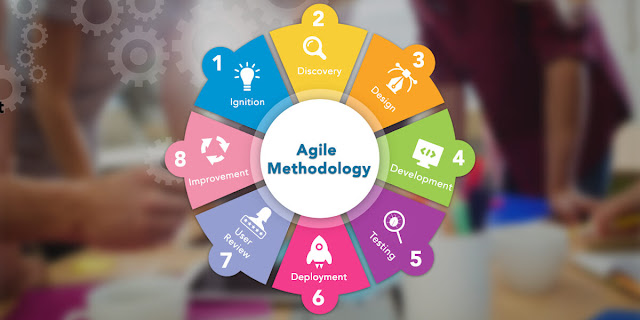How to Align Testing with an Agile Delivery Process
As soon as you determine which testing methodology is ideal
for your business, you're not really done yet. You still need to align testing
together with the delivery. To accomplish this goal we urge a three-pronged
strategy:
1) Get involved with the development process as early as
possible
The sooner testers can get involved, the better. Ideally,
testers must be present from day one. That's because giving anglers a seat at
the table every step of the way stipulates a much greater level of insight into
requirements and goals, encourages cooperation and helps hammer home the need
to conduct regular (if not continuous) testing.
2) Test frequently, but thoughtfully
As a growing number of teams adopt Agile methodologies,
efficiency is everything. This need for speed has directed teams to adopt DevOps
and constant integration as well so as to keep things going, which requires
testing more frequently. But in the midst of an efficiency and frequency
concentrated shakeup, testers need to remain thoughtful so as to not create
more overhead and run unnecessary tests that really slow down the process.
3) Hit the ground running with evaluation creation
Remembering the need for speed in the modern Agile, DevOps
driven universe, testers will need to hit the ground running when it comes to
getting tests generated. Specifically, the more testers can reduce the time
from requirements gathering to test creation, the greater. Having a chair at
the table for many discussions from the very beginning should help in this
respect.
What is Next for Agile Testing?
Though Agile has made significant inroads into the software
development lifecycle, there is still a long way to go, particularly among
examining teams.
Moving forward, more widespread adoption and greater
maturity of Agile methodologies will need testers to go beyond test development
and implementation and start to focus on code integration and delivery also.
At
the exact same time, testers will need to hone their automation skills, become
more involved in the entire software development process and continue to
develop a collaborative relationship with programmers. Finally, these changes
will also require testers to become experts at development and product usage in
order to give more holistic testing strategies and take on the function
of"quality champions."
In the future, three Important tenets will become especially
important for testers functioning in Agile environments:
1) Communication
Agile necessitates a tight collaboration between testers and
programmers, which cooperation makes communication a priority for testers.
Additionally, in a world where quality becomes everyone's responsibility,
testers will end up"quality winners" that function as internal
specialists, which will put their ability to clearly communicate analyzing
requirements and reasoning under the spotlight.
2) Skill Diversity
Within an Agile environment, everything can change on a
dime, which needs testers to be elastic. Part of this adaptability is having a
varied skillset so that individuals can change course as needed. For instance,
functional testers need to expand their skills beyond guide scripted execution.
This diverse skillset will be crucial as different sprints need different types
of testing to be implemented in a brief timeframe.
3) Business Mindset
Finally, Agile takes on a very customer-centric approach in
order to ensure customers get as much value as possible as fast as early as you
can. QA Testers have a big role to play in delivering this value, but it takes
them to take on a business mindset so that they can understand customer
expectations, needs and concerns and develop their testing strategies
accordingly

Great Article. Kindly share more article.
ReplyDeleteAutomation Testing Service